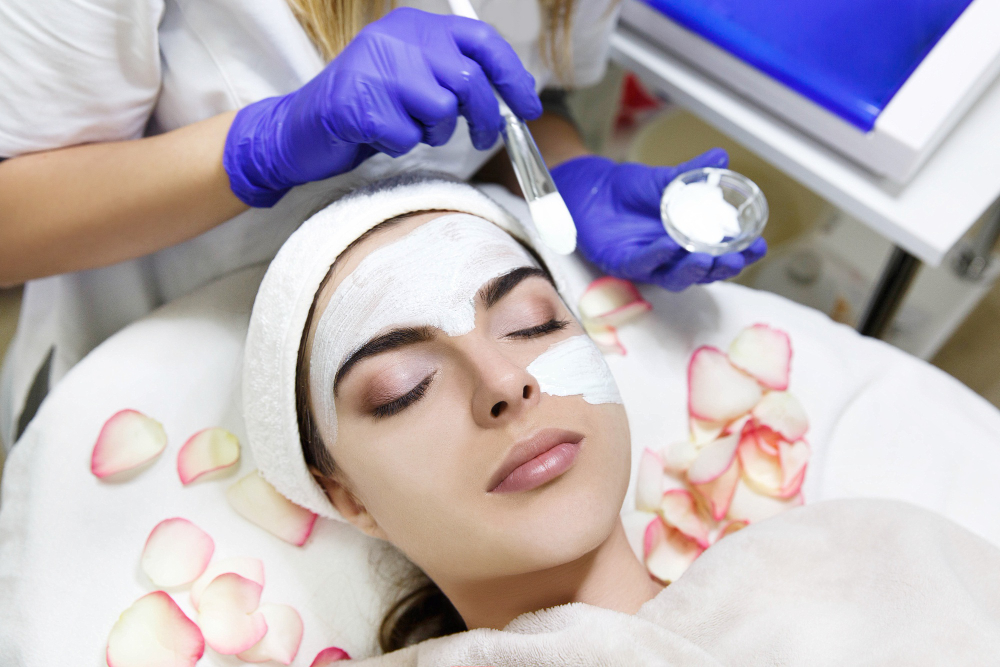Obsessive-compulsive disorder (OCD) is a mental health condition that affects millions of people worldwide. One of the most common symptoms of OCD is skin picking, which can lead to significant distress and impairments in daily functioning. Fortunately, there are several effective therapies and treatment for skin picking are available for individuals struggling with OCD and skin picking.
OCD therapy is a type of psychotherapy that focuses on helping individuals with OCD to manage their symptoms and improve their quality of life. Cognitive-behavioral therapy (CBT) is one of the most effective forms of OCD therapy and involves identifying and challenging negative thought patterns and behaviors that contribute to OCD symptoms. Exposure and response prevention (ERP) is another effective form of OCD therapy that involves gradually exposing individuals to feared situations or objects and teaching them to resist the urge to engage in compulsive behaviors.
For individuals struggling with skin picking as a symptom of OCD, therapy can be particularly helpful. Skin picking can be a difficult habit to break, and many individuals find that therapy provides them with the tools and support they need to overcome this behavior. In addition to therapy, there are several other treatments available for skin picking, including medication and self-help strategies.
Understanding OCD Therapy
OCD therapy is a form of treatment that targets the symptoms of obsessive-compulsive disorder (OCD). This type of therapy can be effective in reducing the severity of symptoms and improving overall quality of life for individuals with OCD.
Cognitive Behavioral Therapy
Cognitive behavioral therapy (CBT) is a type of therapy that focuses on changing negative thought patterns and behaviors. This therapy can be effective for individuals with OCD because it helps them identify and challenge their obsessive thoughts and compulsive behaviors.
During CBT, individuals work with a therapist to develop strategies for managing their symptoms. This may include learning relaxation techniques, practicing mindfulness, and developing coping mechanisms for dealing with triggers.
Exposure and Response Prevention
Exposure and response prevention (ERP) is a specific type of CBT that is often used to treat OCD. This therapy involves gradually exposing individuals to their fears and anxieties while preventing them from engaging in compulsive behaviors.
For example, an individual with OCD who has a fear of contamination may be gradually exposed to situations that trigger their anxiety, such as touching a doorknob or shaking hands with someone. The therapist would then work with the individual to prevent them from engaging in compulsive behaviors, such as washing their hands excessively.
ERP can be challenging, but it has been shown to be effective in reducing the severity of OCD symptoms. It is important to work with a trained therapist who can guide individuals through the process and provide support along the way.
Overall, OCD therapy can be an effective form of treatment for individuals with OCD. By working with a therapist and developing strategies for managing symptoms, individuals can improve their quality of life and reduce the impact of OCD on their daily activities.
Treatment for Skin Picking
Skin picking disorder, also known as excoriation disorder, is a condition that is difficult to treat. However, there are several types of therapy that can help manage the symptoms of the disorder. Here are two types of therapy that have been shown to be effective in treating skin picking disorder:
Habit Reversal Training
Habit reversal training (HRT) is a type of behavioral therapy that can help individuals with skin picking disorder learn to control their urges to pick at their skin. HRT involves several steps, including:
- Awareness training: The individual learns to recognize when they are about to engage in skin picking behavior.
- Competing response training: The individual learns to replace the skin picking behavior with a competing behavior, such as clenching their fists or holding a stress ball.
- Social support: The individual receives support from family and friends to help them stay on track with their treatment.
Psychoeducation
Psychoeducation is a type of therapy that involves teaching individuals with skin picking disorder about the disorder and how it affects their lives. This type of therapy can help individuals understand why they engage in skin picking behavior and how to manage their symptoms. Psychoeducation can also help individuals develop coping strategies for dealing with stress and anxiety, which can trigger skin picking behavior.
In conclusion, there are several types of therapy that can help individuals with skin picking disorder manage their symptoms. Habit reversal training and psychoeducation are two types of therapy that have been shown to be effective in treating skin picking disorder.


